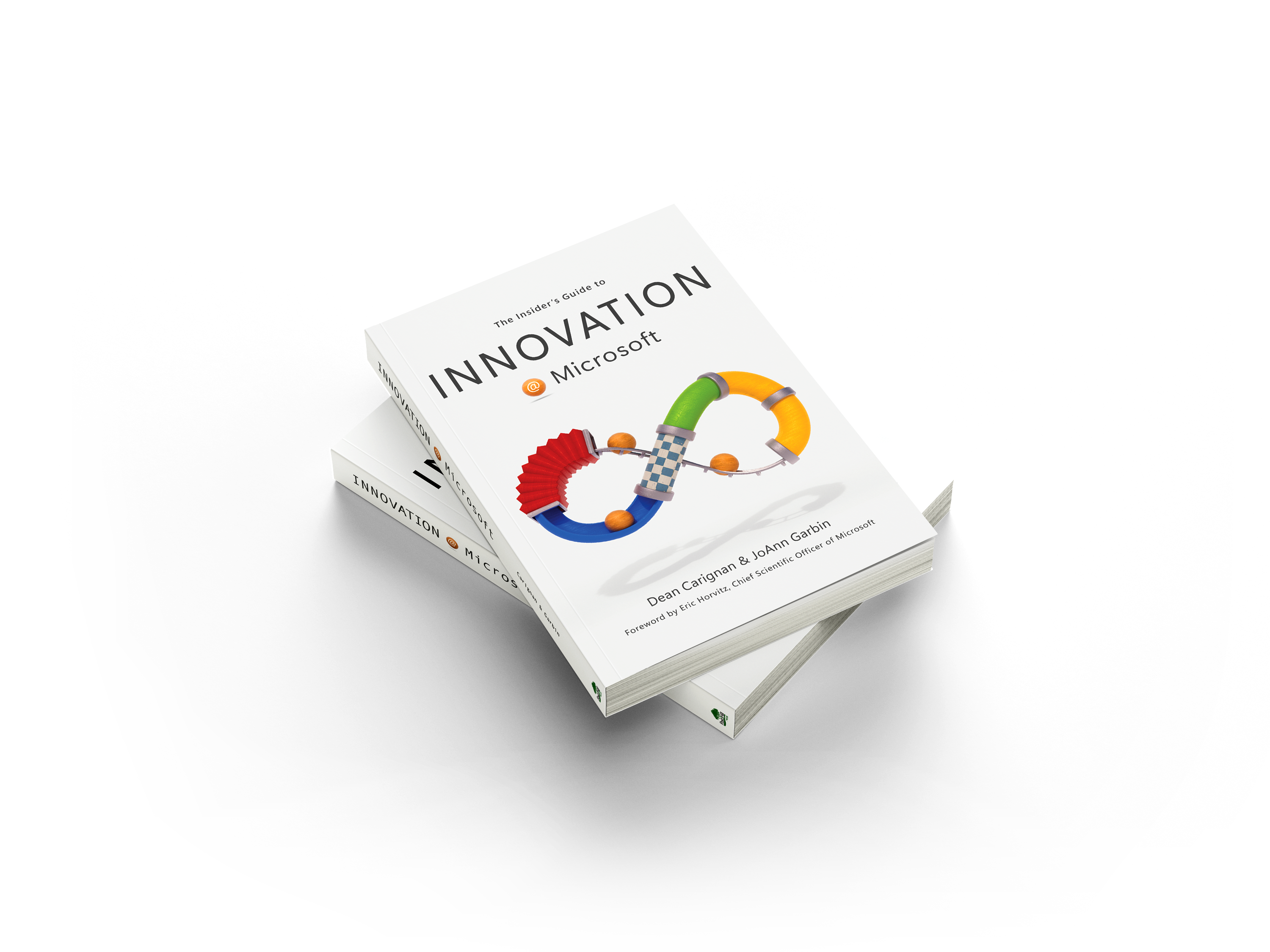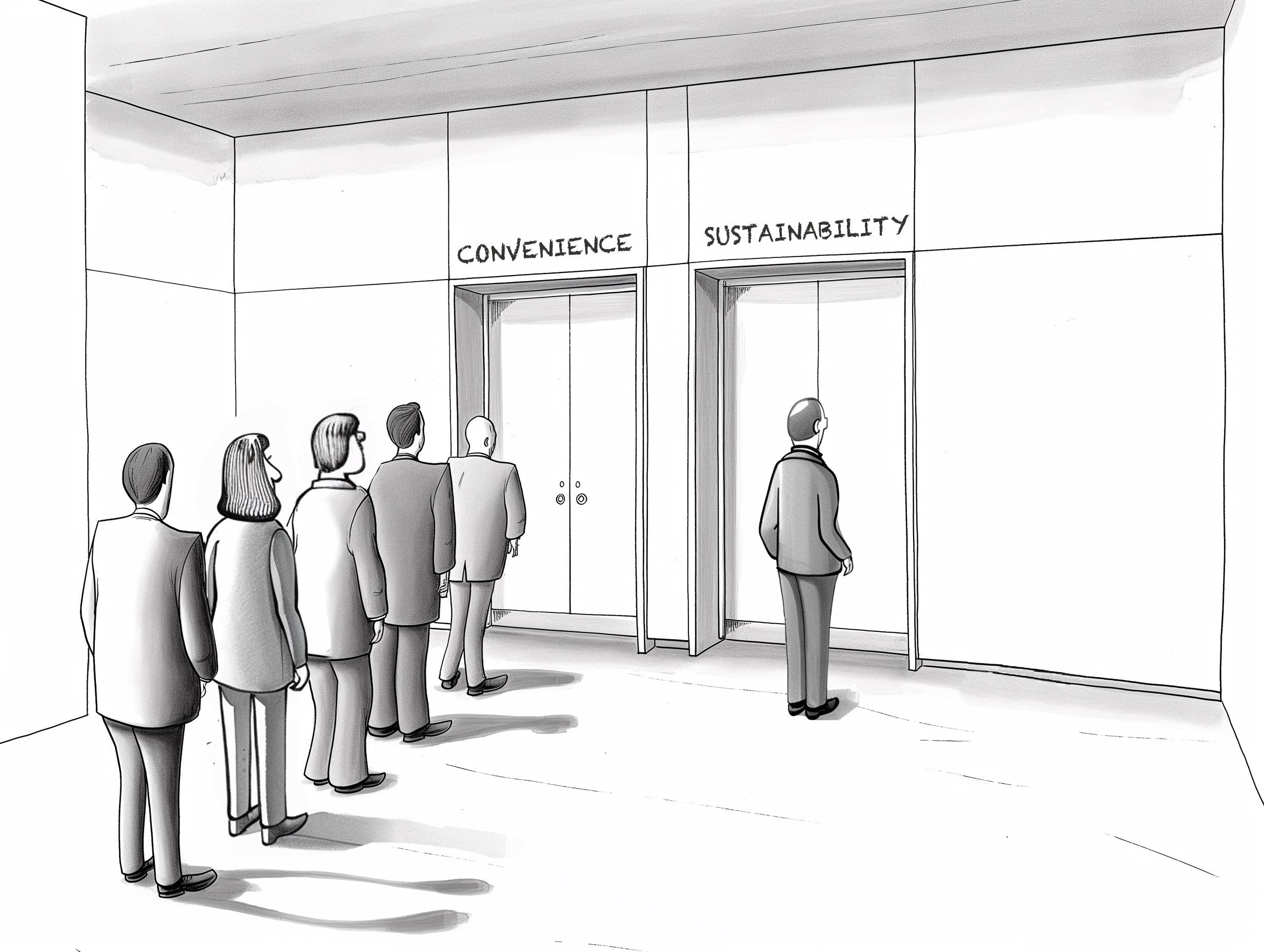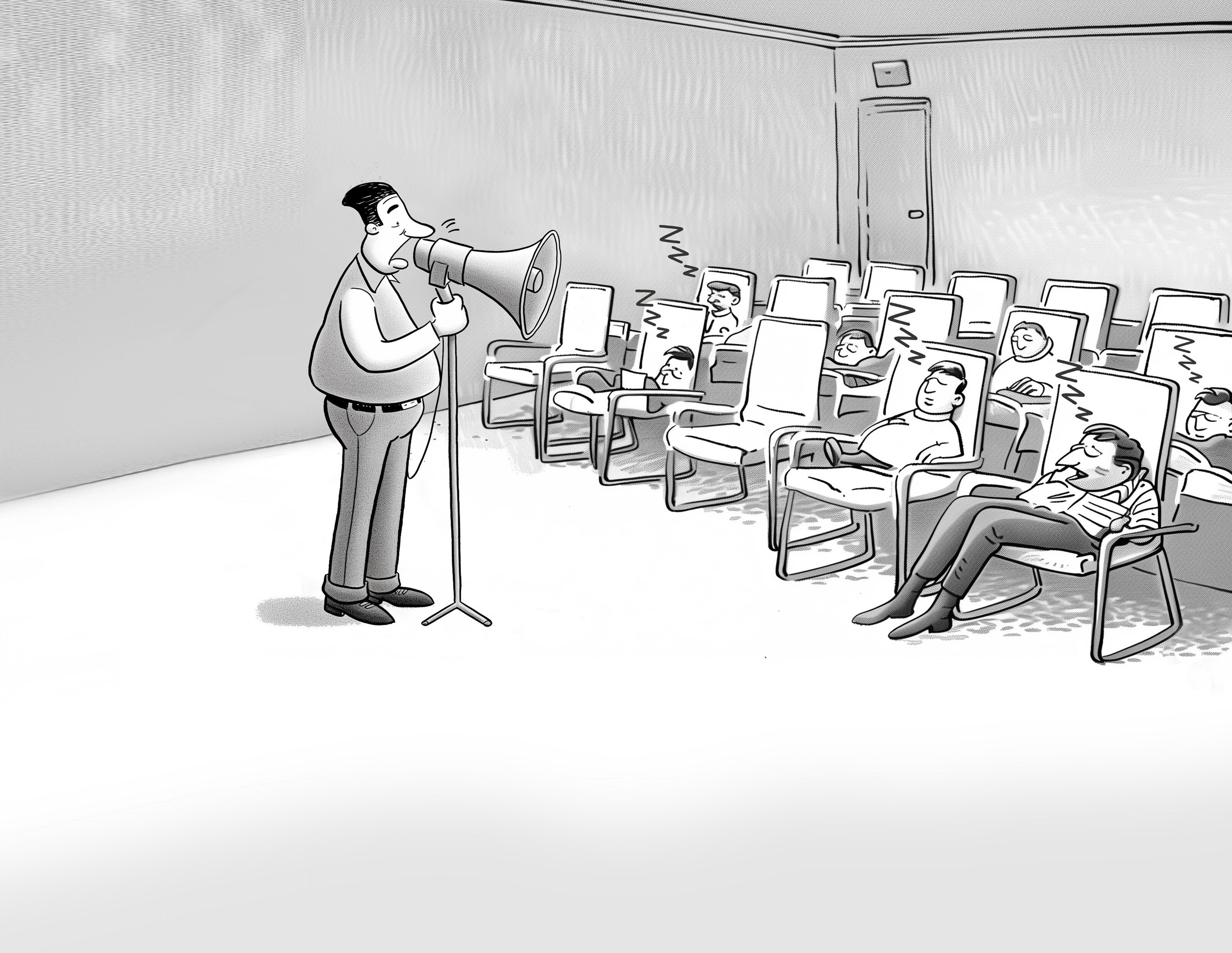You’re in a unique race right now where everyone wants to personalize more, and yet no one knows exactly where the finish line is. And as you’re racing, there’s rumor of a terrifying PHI monster waiting to jump out and halt your progress.
The Insider’s Guide to Innovation at Microsoft demystifies how innovation happens at one of the most influential companies in the world. And, as featured in the book, a key part of that how is rooted in the psychology of behavior change outlined in White Rhino’s B2Me framework.
READ MORE
Last week I saw a quote that resonated with me:
“All behavior makes sense with enough information.”
It’s a simple way of illustrating the B2me approach we use at White Rhino. Behind every choice or belief is a person with a history of personal and emotional experiences. And the actions we take - no matter how they come across to other people - are a result of those experiences.
READ MORE
Anytime you make a decision, or buy something, you travel along what we call “The Journey to Yes”.
The journey, often subconscious, is both a psychological framework and marketing theory that drives much of our work and the success of our clients.
You can see that journey below, but the truth is, buying a pack of gum when you’ve chewed gum a thousand times before is very different from buying something that represents a completely different way of doing things.
While the key steps in the journey stay the same, reaching “Yes” varies for each audience. Bringing a groundbreaking idea to market requires a vastly different approach.
The ironic problem we see is that incredible innovators don’t always recognize that difference. They approach marketing as a generalized discipline rather than a specialized craft, assuming that marketing a lightbulb is the same as marketing an entirely new way to illuminate a room.
But, when you take that traditional approach, here’s what happens:
READ MORE
It’s a fundamental human behavior.
People say one thing and do another.
In sustainability, it’s a top point of discussion. 65% of consumers say they want buy from brands that support sustainability, but only 26% actually do. So, what gives?
READ MORE
When it comes to sharing innovative ideas, there are two ways the response could go.
On one side, there’s the lean forward. The audience collectively shifts their shoulders forward, their eyes widen, they reposition themselves – they get ready to engage. On the other side of the spectrum, is the eye roll. Listeners lean back and quickly begin to focus elsewhere, dismissing whatever they’re being told.
You’ve likely heard of the innovator’s dilemma, a term coined by Clayton Christensen. Established companies have a strong disincentive to innovate because it threatens the status quo of their growth. Less talked about, but possibly more prevalent because it affects any innovator regardless of company size, is the challenge that innovators face when sharing their new ideas. While most know the response they want from their audience, they don’t know how to get it. And the most discouraging part is that our ideas aren’t the problem. It’s how we communicate them.
We’ve seen it time and again in our focus industries (although it extends to any innovative area): Sustainability leaders losing their audience immediately because their future vision is not in touch with the current reality. Healthcare marketing executives told that their aspirations for digital patient experience are not a priority. Product teams within B2B organizations that can’t get enough funding for their B2C initiatives.
READ MORE
SUBSCRIBE
sign me up for news, inspiring creative, and other updates (privacy policy)
POST TOPICS
- Healthcare (50)
- Strategy (44)
- Best Practices (27)
- Technology (26)
- B2Me (24)
- Digital Marketing (24)
- Copywriting (20)
- Addictive Experience (14)
- B2B (13)
- Creative (10)
- Experts (9)
- Addictive Marketing Podcast (8)
- healthcare revenue generation (7)
- Behavior Change (6)
- Content Management System (5)
- Gamification (5)
- CMS (4)
- Lead Generation (4)
- Advertising (2)
- Branding (2)
- Journey Mapping (2)
- Lead Nurture (2)
- Market Research (2)
- Sustainability (2)
- AR (1)
- Augmented Reality (1)









